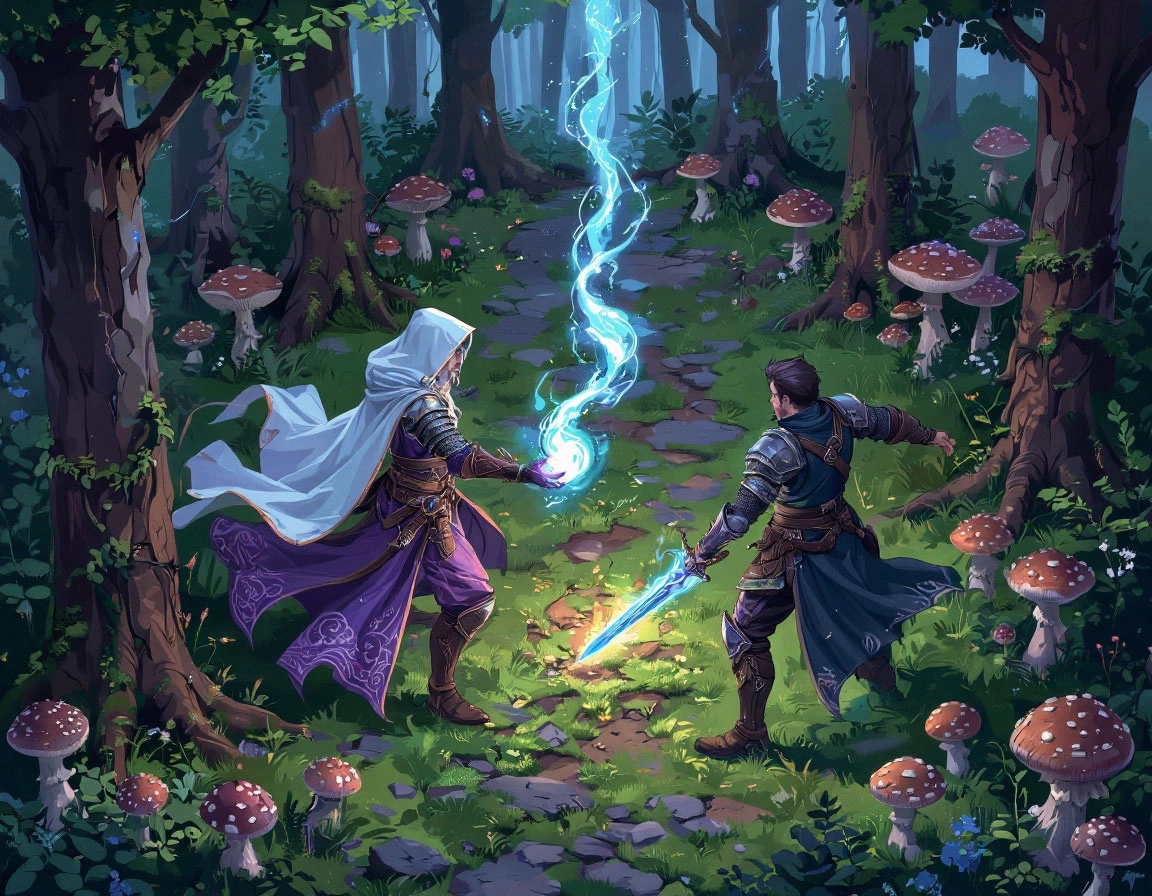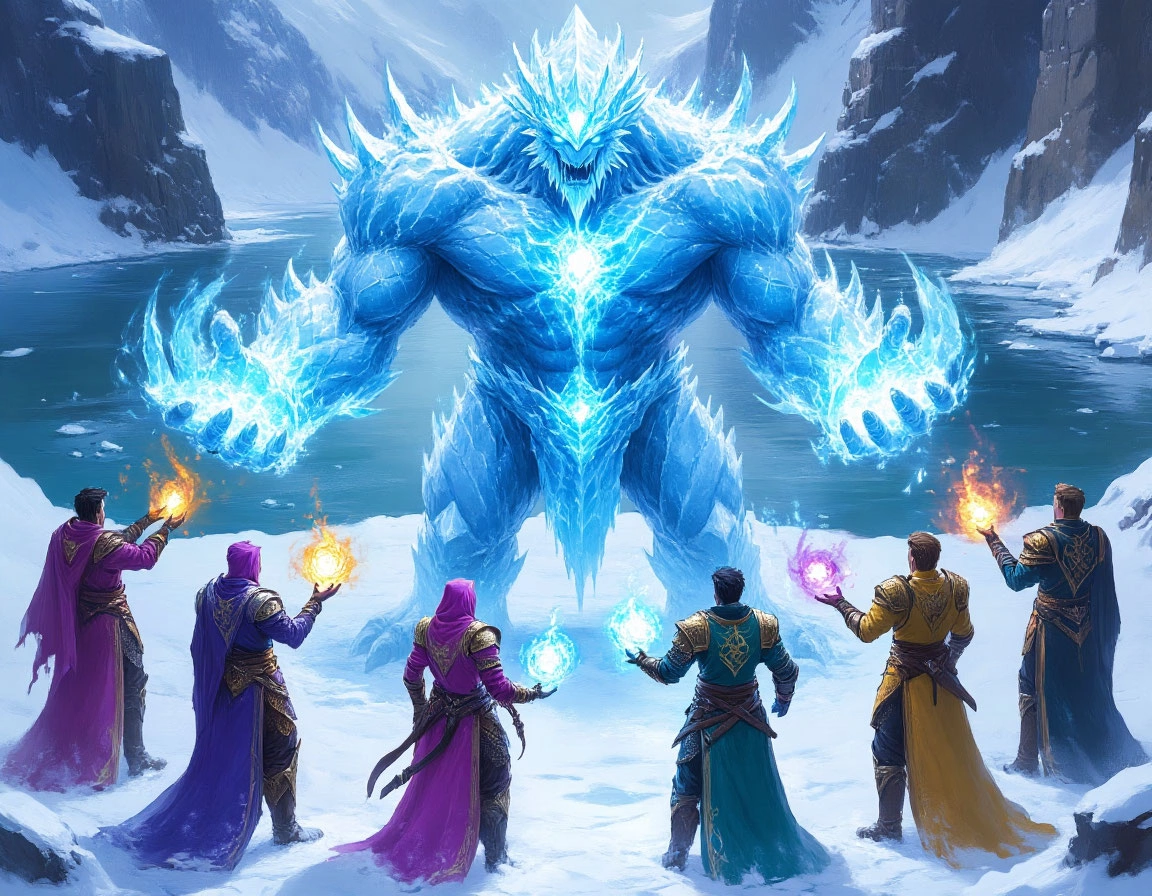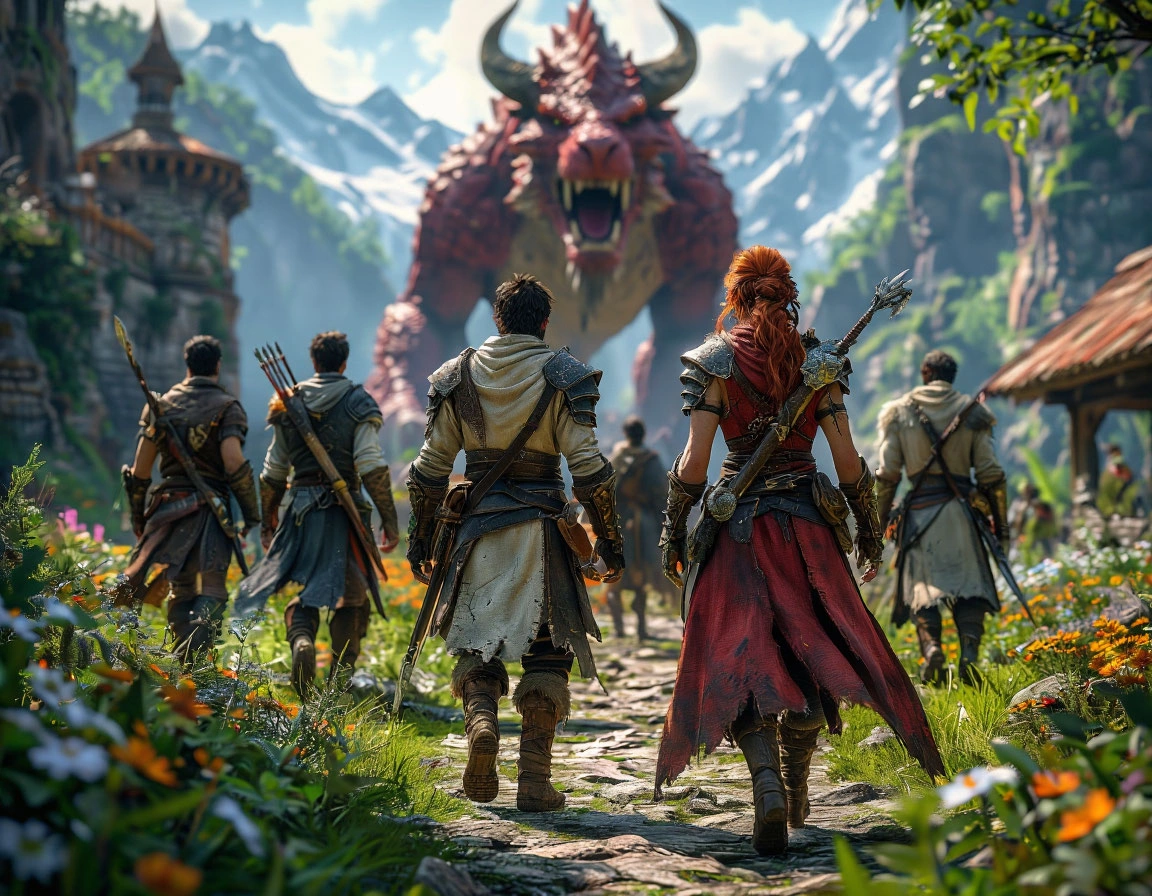🎮 My Gaming Journey 2025 — Part 2
So, we've talked about my plans and expectations — now it’s time to share what I’ve actually managed to play through. Buckle up, because we’re diving into the epic saga of my gaming milestones this year.
🧙♂️ The Chosen One — My Path to Divinity
I began this year with something I had long avoided: the Divinity: Original Sin duology. Despite its glowing reputation, I always felt these games weren't my thing. The gameplay videos, the UI — nothing pulled me in. But after 300 hours in Baldur’s Gate 3, crafted by the same developers, Larian Studios, I changed my mind.
BG3 impressed me with its character depth, flexible builds, and cinematic combat. Though the story left some gaps (especially after I found out some parts were cut), the voice acting and overall immersion were unforgettable. That trust in Larian led me straight to Divinity: Original Sin.

🔥 Divinity: Original Sin — 70 Hours of Tactical Chaos
I played the first game in co-op, using a mage/warrior combo, while my friend ran a mage/archer. Surprisingly, melee attacks felt more effective than elemental magic for most of the game, especially against enemies who could one-shot you from a distance. The world is filled with class variety, gear, and a clever skillbook system where spells are learned by finding or buying books. However, the narrative structure threw me off at first. You begin as a simple detective and end up... saving the world. A wild leap in career trajectory.
Quests don't hold your hand, which is refreshing. There are no generic fetch quests — instead, you're solving mysteries, unlocking secret rooms behind paintings, or puzzling over button sequences to open hidden doors. Sometimes, failing to protect a key NPC in a fight can permanently block quest progression. Brutal but immersive. One of the quirkiest quests involved passing a necromancy exam given by a talking skeleton — I failed due to a mix of missing books and logic that didn’t align with the undead examiner’s. Another favorite? A lonely troll who missed his storyteller friend, and we had to convince a barmaid to visit him.
Boss fights truly shine. Each encounter has unique mechanics, like an ice elemental that changes its attack element every few turns, requiring serious adaptation from the party. Despite its aging visuals and a few bugs — including random unequipped gear mid-battle or inaccurate health bars — the game’s systems are deep and rewarding. A solid 4.5/5.

🧝♂️ Divinity: Original Sin II — A Worthy Sequel (74 Hours In)
Fresh off the first game, we jumped into part two with new builds: I kept my mage, but the warrior now used summoning and metamorph skills. Summons adapt their element based on the ground — a cool upgrade. Movement was faster, and the graphics were finally eye-pleasing.
Story-wise, you’re once again tasked with ascending to godhood, racing against other Chosen Ones backed by different deities. All choices lead to only one divine victor — though positive party relations let your allies remain in your retinue. Quests retained the complexity, but were more manageable. Gone were the insane button puzzles. The writing retained Larian’s trademark humor — like choosing sides between a dog and a cat who both believed their owner loved them more. Spoiler: saying “equally” wasn’t an option.
However, the sheer volume of quests got chaotic. I often resolved a quest without realizing it, only to get the reward hours later from a random NPC. This narrative jumble made it hard to follow some plotlines. Gameplay-wise, the core remained, but now featured “memory slots” limiting how many skills you could equip. More powerful ones used 2–3 slots. A new resource, Source Points, enabled stronger abilities and was replenished via special teachers or by absorbing it from enemies — and vice versa. A major change was the armor system: characters now have physical and magical armor that blocks status effects. If you try to stun someone with magic while they still have magical armor — nothing happens. Only when it’s gone do debuffs apply. Smart, but adds another tactical layer. Sadly, the dialogue system got simplified. Gone were the fun rock-paper-scissors showdowns from part one. Now, it’s based on persuasion stats — like Fallout 4. Disappointing.
The AI improved, targeting active threats instead of stunned allies, and flanking lone characters. Still, crafting remained underwhelming — too weak by mid-game, when better loot drops naturally. And yes, the bugs returned. Missing gear mid-battle? Check. Server issues that delayed my co-op sessions for 20 minutes at a time? Also check. Magically, it fixed itself 30 hours later. Classic.

🌟 Final Verdict
Both games delivered complex, rewarding RPG experiences. I loved the challenging quests, unique fights, and the co-op storytelling — even with bugs and a few mechanical missteps.
Rating: 4.5/5 for both titles.
Absolutely worth playing. And yes, I’m counting the days until Larian announces Divinity III.
Close